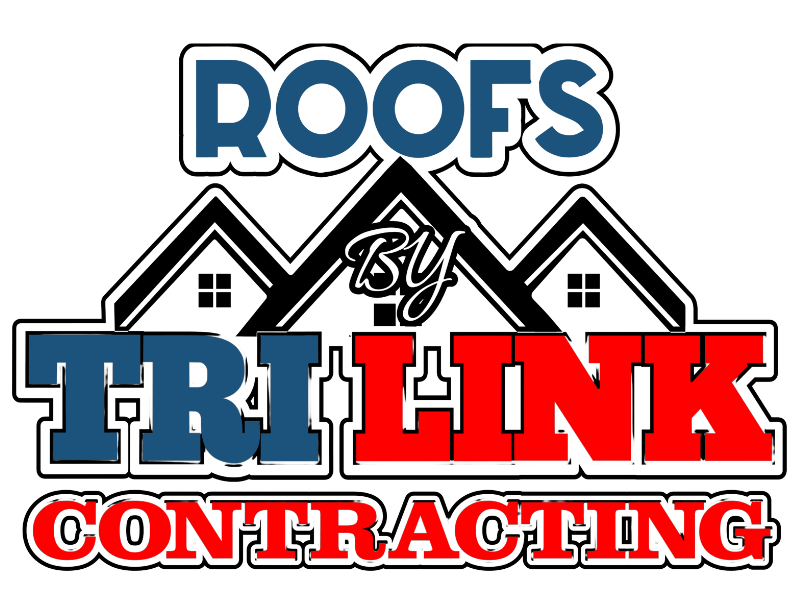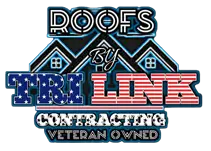Introduction
Gutters may seem like a mundane part of our homes, but their importance cannot be overstated. According to the National Association of Home Builders, gutters play a critical role in maintaining a home’s structural integrity by preventing water damage. They guide rainwater off the roof and direct it away from the house, saving your foundation from potential harm. So, if you’re looking to keep your home safe and sound, it’s time to unravel the mysteries of gutter installation.
The Size Matters: Sizing for Success
When it comes to gutter installation, correct sizing is crucial. You might wonder why size matters? Well, here’s a fascinating fact for you – an inch of rainfall can translate into 1500 gallons of water hitting a 2000 square feet roof! Now imagine that small-sized gutter trying to handle such an enormous volume of water. It’s no wonder that improper sizing can lead to overflowing gutters or even cause significant damage over time.
Here are five essential steps for choosing the right size when installing gutters:
1. Assess Your Roof Area: Measure the dimensions and calculate the square footage of your roof.
2. Determine Rainfall Intensity: Research average rainfall data specific to Washington County, PA.
3. Calculate Gutter Capacity: Use industry-recommended formulas to determine how much water your chosen gutter profile should handle.
4. Consider Future Expansion: If you plan on making additions or modifications to your home later on, account for those changes in calculating gutter capacity.
5. Consult with Professionals: Seek guidance from Tri-Liink Contracting experts in Washington County who specialize in gutter installations.
Remember, proper sizing ensures efficient rainwater management and protects your precious abode from unnecessary trouble.
Aluminum Gutters: The Popular Choice
Now that we’ve covered sizing let’s dive into material options because what good is a perfectly sized gutter if it’s made of subpar material? When it comes to gutters, aluminum steals the show, accounting for nearly 85% of all installations. Its popularity stems from a multitude of advantages such as durability, affordability, and ease of installation.
Here’s why opting for aluminum gutters can be your best bet:
1. Durability: Aluminum boasts exceptional resistance to rusting and corrosion, making it an ideal choice for long-lasting gutters.
2. Lightweight: Thanks to its lightweight nature, aluminum provides easy handling during both installation and maintenance processes.
3. Cost-Effective: Compared to other materials like copper or steel, aluminum gutters are pocket-friendly without compromising quality or performance.
4. Easy Installation: The flexibility of aluminum makes it relatively straightforward to install, saving both time and effort during the gutter installation process.
By choosing aluminum for your gutter needs, you’re ensuring a reliable solution that checks all the right boxes – durable, cost-effective, and easy peasy!
FAQs About Gutter Installation
Q: Can I DIY My Gutter Installation?
A: While some homeowners may have the skills necessary to tackle small gutter installations themselves, larger projects are often best left in the hands of professionals like Tri-Liink Contracting. Their expertise guarantees correct sizing calculations and precise installation methods that will save you potential headaches down the road.
Q: How Often Should I Clean My Gutters?
A: Regular gutter maintenance is essential in preventing clogs and water overflow issues. It is generally recommended to clean your gutters at least twice a year – once in spring after pollen season subsides and again in fall when leaves start cluttering up your roofline.
Q: Are There Alternatives to Traditional Gutters?
A: Yes! If you’re looking for seamless options that minimize the risk of clogs, consider investing in seamless gutter systems. These gutters are custom-made on-site to fit your home perfectly, eliminating joints and reducing the chance of debris accumulation.
Handy Tips for Gutter Installation and Maintenance
1. Use a level during installation to ensure proper slope towards downspouts.
2. Incorporate gutter guards or screens to minimize debris buildup and reduce maintenance needs.
3. Regularly check for leaks around seams and connections and repair them promptly.
4. Trim tree branches near your roofline to prevent leaves from falling directly into your gutters.
5. Ensure downspouts extend at least ten feet away from your foundation to divert water effectively.
Remember, taking care of your gutters is an investment in protecting your home’s exteriors.
In Conclusion
Gutter installation may seem like a minor detail compared to other flashy home improvement tasks, but its significance cannot be undermined. Gutters play a crucial role in redirecting rainwater away from our homes, preserving their structural integrity. So, if you’re ready to tackle this essential maintenance task head-on, make sure you choose the right size based on accurate calculations while trusting durable materials like aluminum.
By following these steps and tips along with seeking professional help when needed, you can unlock the secrets of gutter installation with ease. Remember – prevention is key! Keeping up with regular maintenance minimizes potential issues down the road and offers peace of mind knowing that your beloved abode remains protected come rain or shine.
Now that you’ve uncovered the mysteries behind gutter installation let’s get out there and enjoy some uninterrupted flow – both in life and through our trusty gutters!





